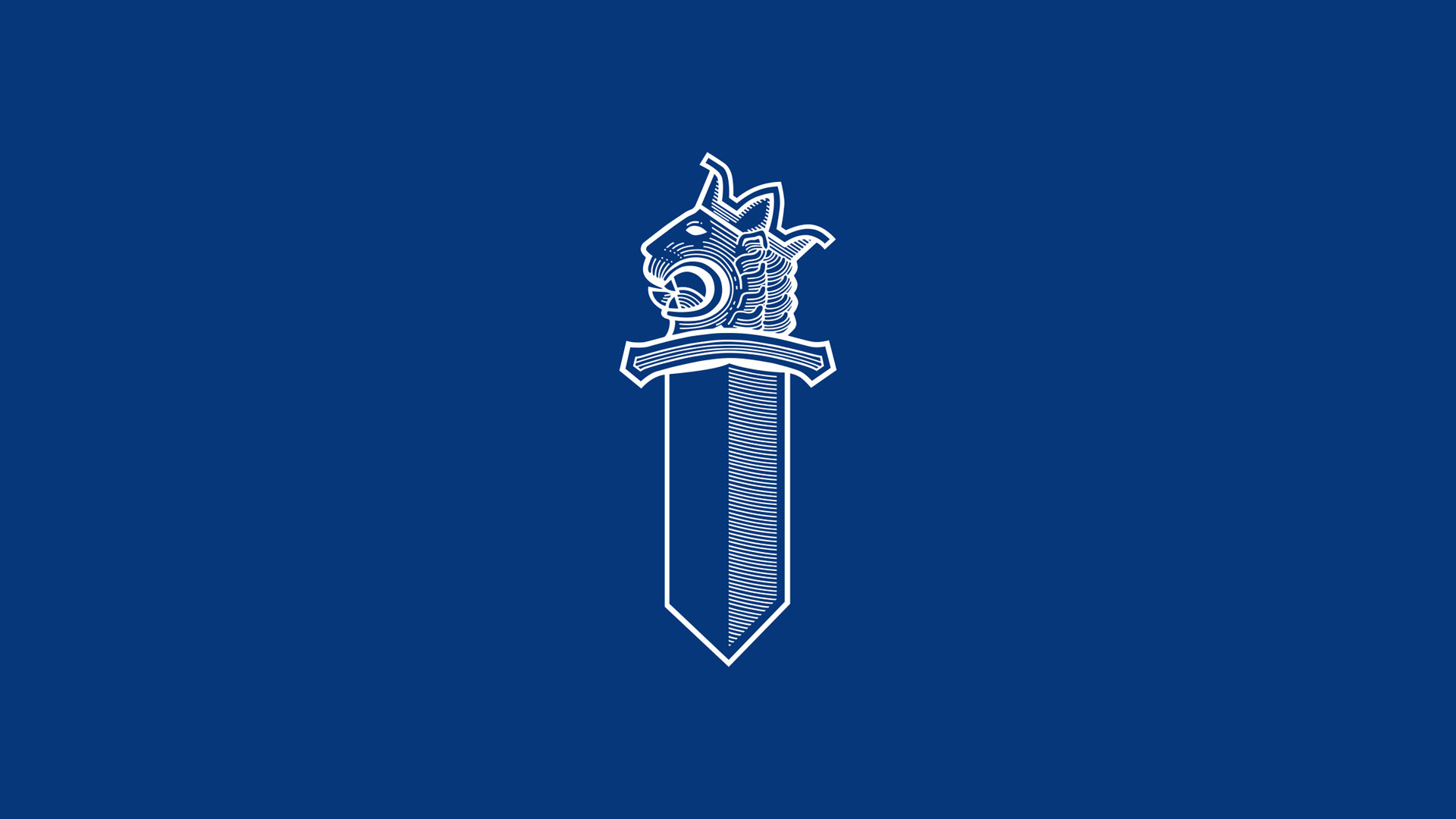Active early phase of cable investigation to be completed
The active early phase of the criminal investigation into the cable damage is about to be completed. The focus of the investigation is on the assessment of possible intent and related facts.
The National Bureau of Investigation has mostly completed the forensic investigation on the Eagle S tanker, conducted the seizures required for the criminal investigation, and mostly finished the underwater investigation of the damaged spots of the cable.
– The forensic investigation of the anchor lifted from the seabed on 6 January has been completed. Considering the features of the anchor and the place where the anchor was found, the police believe that the anchor, which was lifted from the end of the dragging trace photographed in the seabed, belongs to Eagle S. On the basis of the forensic investigation, we suspect that the anchor came loose from the chain when the Finnish authorities asked the tanker's crew to lift the hanging anchor, says Tactical Leader, Detective Superintendent Risto Lohi of the National Bureau of Investigation.
Other criminal investigative measures still continue. The members of the tanker's crew who are suspected of an offence are interviewed further, and the seized material is still analysed. The suspected offences, assessed together with the National Prosecution Authority, are aggravated criminal mischief and aggravated interference with communications. The National Prosecution Authority will be informed of the progress of the investigation.
– During the criminal investigation, the National Bureau of Investigation has been able to form a relatively accurate picture of what happened in the Gulf of Finland on Christmas Day. The investigation focuses, for example, on assessing intent, in other words, why and how the anchor ended up hanging from the tanker and what was done on the tanker at the time. The criminal investigation aims to establish these facts with the means available to the investigation, Risto Lohi says.
The criminal investigation also aims to establish whether the crew should have noticed and reacted to the fact that the anchor was hanging outside the vessel for a passage of up to a hundred kilometres. The authorities also examine the information about the status of the anchor they received from the tanker. Another aim is to establish what the reason for the vessel's unusual movements identified by the automatic identification system (AIS) was.
The police estimate that the criminal investigation will continue for several months. The leadership of the investigation will assess the need for coercive measures throughout the investigation, as well as whether the measures taken are sufficient and comprehensive enough. The tanker is currently under seizure, and the police have nine suspects, who have been subjected to a travel ban.
Early this week, the crew members who have not been subjected to a travel ban were replaced.
To secure the criminal investigation, the joint operation between the authorities continues. It is led by the Helsinki Police Department and supported by the Border Guard. The National Bureau of Investigation assumes responsibility for the criminal investigation.
socialShareGray




